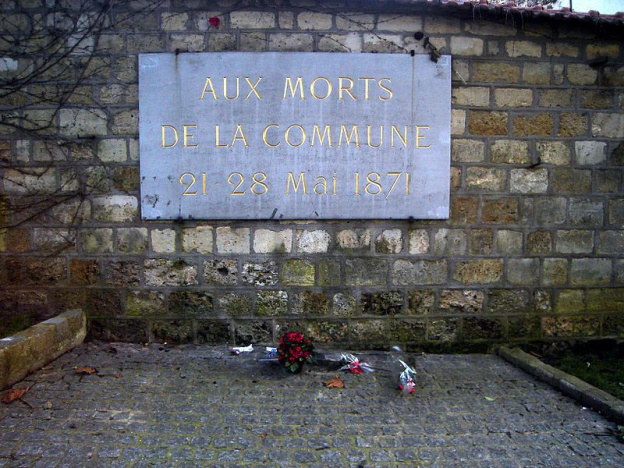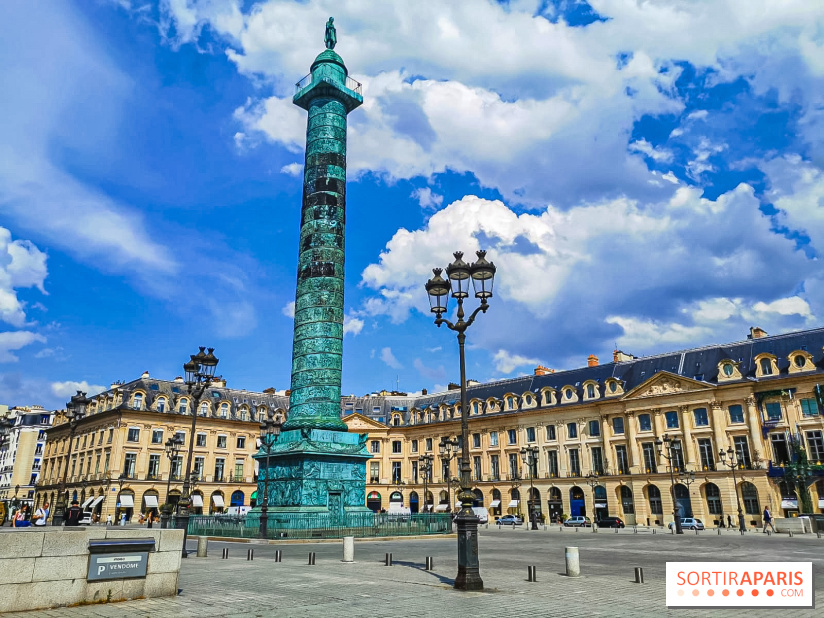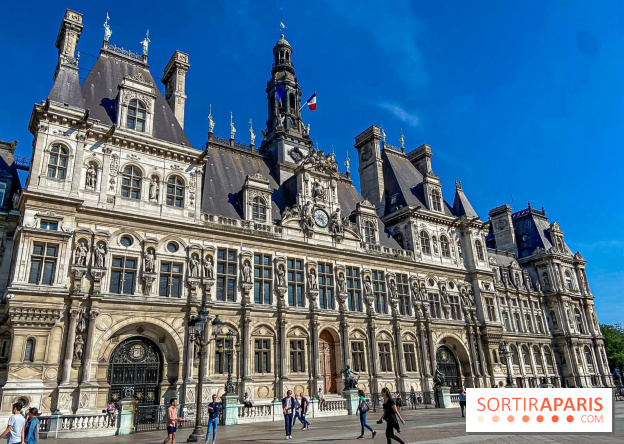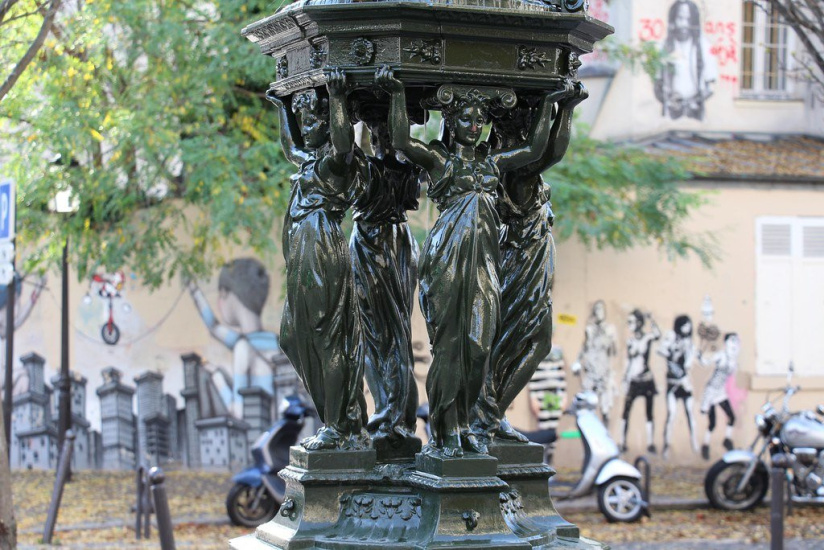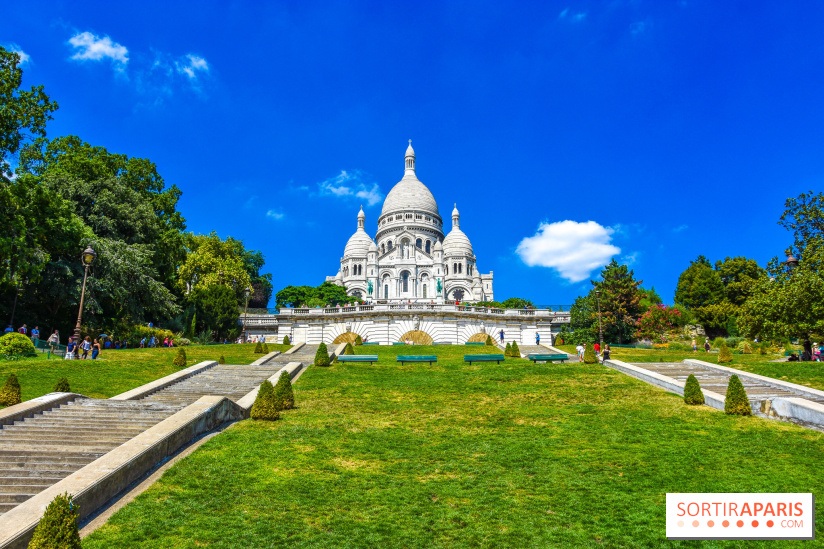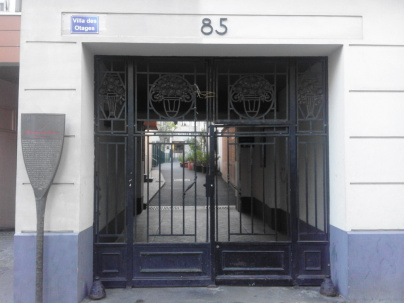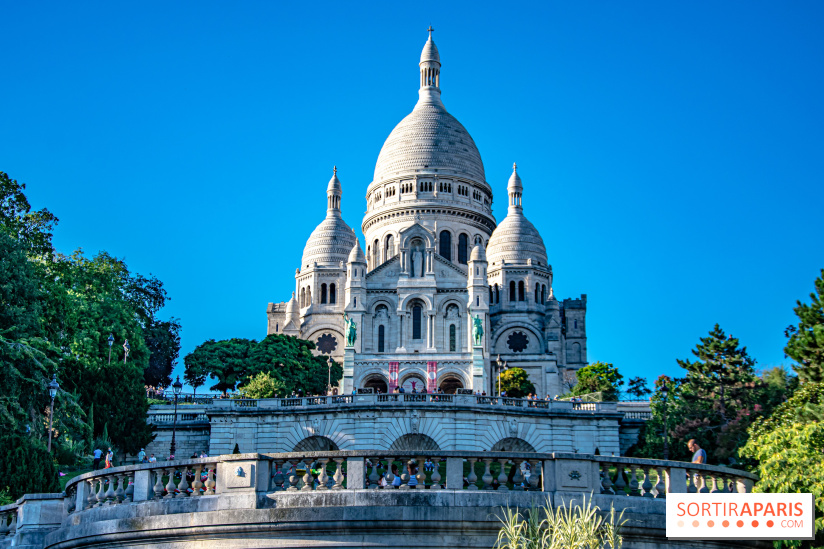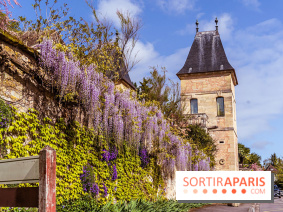The Paris Commune was a major event in which Parisians took up arms and rebelled against the government, in response to the disastrous consequences of the Franco-Prussian War and thesocial and economic austerity of the Siege of Paris .
For 72 days, a new insurrectionary government was set up in Paris, and important social measures were decreed, emphasizing essential ideas and values such as solidarity, freedom and democracy.
The Commune decreed, among other things, the separation of Church and State, the secularity of education, the requisition of empty housing, the opening up of citizenship to foreigners, and the enhancement of workers' status and rights. It was also the start of the first women's movements, fighting for the right to work,equal pay for men and women, the right to vote for women, free marriage and education for girls.
The national government, withdrawn to Versailles, soon became aware of the growing importance of the Commune's ideas, and on May 28, 1871, the Paris insurrection was crushed after seven days of fierce fighting between the Communards and the Versaillais, during Bloody Week.
But if the ideas of the Communards endured afterwards, what traces and remnants of the Paris uprising remain in the streets of the capital?
On May 28, 1871, clashes between Communards and Versaillais ended in a bloodbath between the tombs of Père-Lachaise. It was at the foot of this wall, in the south-east corner of the cemetery, that 144 Federated prisoners were shot and thrown into a mass grave dug at the foot of the wall. A plaque, erected in 1908, commemorates these dark events, while opposite the wall, several left-wing revolutionaries are buried, such as Jean-Baptiste Clément, chansonnier of the "Chant des Cerises" and Eugène Pottier, author of the revolutionary song "L'Internationale".
Did you know? Today's Vendôme column is not the original one, erected by order of Napoleon to commemorate the battle of Austerlitz. On May 16, 1871, the column was destroyed by the Communards, who saw it as a symbol of barbarism and militarism. Before the Commune, the painter Gustave Courbet had already sent a request to the Government of National Defense, recommending that the Vendôme column be moved to Les Invalides, where he felt it belonged. After the fall of the Commune, the President of the Republic, Marshal de Mac-Mahon, decided to have the column rebuilt at the painter's expense - deemed solely responsible, even though he had not participated in its destruction - at a cost of 323,091.68 francs, or 10,000 francs a month for 33 years. But Courbet died of liver disease before he could pay off his debts, and the Vendôme column was rebuilt on the Place Vend ôme in 1875.
The Hôtel de Ville was also completely rebuilt. On March 26, 1871, the Central Committee of the National Guard and the Communards moved into theHôtel de Ville and held elections. Two days later, the new city council proclaimed the Commune on the jubilant Place de l'Hôtel de Ville. But when the Versaillais entered the city, the insurgents set fire to many Parisian monuments, including the Palais des Tuileries, the Palais d'Orsay, the Palais-Royal, the Palais de Justice, the Palais de la Légion d'Honneur, the Bibliothèque Impériale in the Louvre and the Ministère des Finances, in order to halt the advance of Versaillais soldiers and undermine the symbolic monuments of the State. Two stone window frames from the Hôtel de Ville façade can be seen today in the Jardins du Trocadéro.
The square was inaugurated in 1999 in the Butte-aux-Cailles district of the 13th arrondissement. It commemorates the events of the Paris Commune, and in particular the Battle of the Butte-aux-Cailles held there on May 24 and 25, 1871, pitting the Versaillais against the Fédérés de la Butte-aux-Cailles, led by General Walery Wroblewski .
A major revolutionary figure and federator of the Paris Commune, Louise Michel fought all her life for equality. On March 18, 1871, she was part of the crowd that resisted the soldiersAdolphe Thiers sent to the heights of Montmartre to seize the guns of the Garde Nationale. An ambulance driver, orator and feminist, she fought on the barricades during the Bloody Week. Convicted and deported to the penal colony of New Caledonia, she was freed in 1880 under the general amnesty for the Communards, and continued her militant activities until her death in January 1905. Located at the foot of Sacré-Coeur, Square Louise-Michel (formerly Square Willette) was inaugurated in 2004.
It was at 83, rue Haxo, in the 20th arrondissement, that on May 26, 1871, 51 prisoners extracted from the Roquette prison - including 11 priests, 36 Versailles guards and gendarmes and 4 civilians - were shot by the Communards, in response to Versailles exactions. Those shot were thrown into a mass grave in the Belleville cemetery, where a stele bearing their names pays tribute to them.
The Basilique du Sacré-Coeur was inaugurated in 1891 on the Butte Montmartre, considered to be the starting point of the Paris Commune during the "cannon affair". This decision was voted in 1873 by the largely royalist and conservative National Assembly, to atone for the crimes committed during the Commune and establish the new "moral order" of clerical France. Although many left-wing politicians protested against the classification of this building "built on the blood of the Communards", the basilica was classified as a Monument Historique in 2022.
Other places in the capital were the scene of events during the Paris Commune, such as the square in front of the Town Hall in the 11th arrondissement, where the guillotine, a symbol of monarchist repression, was burned, or the Luxembourg Gardens, where Communards were executed. An astonishing inscription can also be seen today in theÉglise Saint-Paul-Saint-Louis in the Marais district. On the second pillar on the right-hand side of the nave, you can see an inscription almost erased by successive attempts at cleaning: "République fançaise ou la mort" (sic), probably written by a Communard during Bloody Week.

